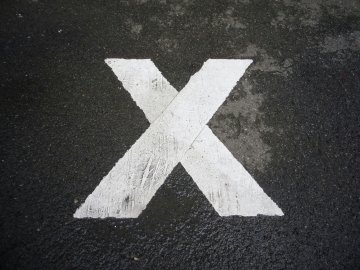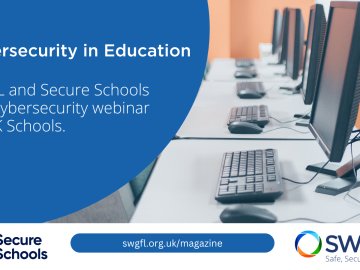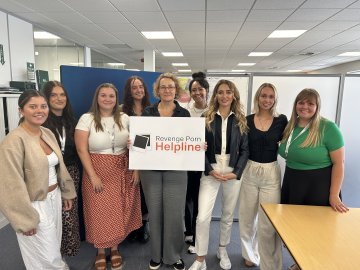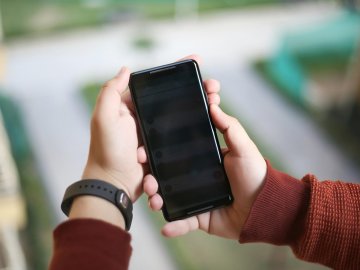*Updated 30/09/2022
The full inquest in relation to the death of Molly Russell began on Tuesday 20 September 2022 and completed on the 30 September.
Conclusions
Coroner Andrew Walker has concluded that Molly Russell "died from an act of self harm while suffering from depression and the negative effects of online content".
He says the 14-year-old was "exposed to material that may have influenced her in a negative way". In some cases, the content was particularly graphic, tending to portray self-harm and suicide as an inevitable consequence of a condition that could not be recovered from"
“The sites normalised her condition focusing on a limited and irrational view without any counterbalance of normality.
Kathryn Tremlett – Harmful Content Manager at SWGfL said:
“Our thoughts are with the Russell family this morning in what has been a long journey searching for answers. This is a significant moment for social media platforms and one which we hope will affect real positive change to some of the fundamental features used to help keep people engaged, ultimately making the internet a safer place for all. Regulation is needed now and we hope the Online Safety Bill will be pursued without any further delay. But, this is everyone’s responsibility, and now, perhaps more poignant than ever, are the conversations we as professionals, parents, relatives and friends are having with young people about their online activity.”
There may still be a lot in the news over the coming weeks about the dangers of self-harm as well as suicide related content online. It is really important to have regular conversations with students about online use and things they can do to stay safe as well as what support options are available. Below is some advice for professionals working with children
A Mindful Approach
- While it is important to promote online safety to young audiences, it is safer to approach this with general messages about online safety, without referencing specific incidences.
- If you are forwarded warnings relating to self-harm and suicide, warning others may seem like the smart thing to do. However, sending warnings can draw unwanted attention towards the content and the potential harm it can bring. Please think carefully about what you share, minimise the exposure and don’t give young people something to look for.
Have Open Conversations
- We encourage parents and adults who work with young people to talk to them about all their online activity. Let them share what they’re playing or looking at, rather than asking them whether they have seen or engaged with specific harmful content online. This approach may draw their interest to it or mean they do not talk about other concerning online activities.
- We encourage extreme caution on sharing online content with young people that may be distressing or upsetting. If young people express any concern or worries over content they have seen online, or posts or comments that friends or others have made, it is important to listen to them and offer support.
- Providing information and signposting to sources of support for all young people at any time is important. It may also be useful to provide advice on how young people can support themselves and their friends. If you have concerns that someone is suicidal, useful information can be found on Samaritan’s website along with tips for discussing suicide safely online
Report Harmful Content Online
- Stop the spread of harm by reporting self-harm and suicide content online. Social media sites and other platforms have direct reporting routes for this type of content and remember, you can visit Report Harmful Content to find out how to report harmful content online.
- Talk about how to report content with students, age restrictions on different sites and why they exist.
- Anyone over the age of 13 who has reported content and has a query or complaint about the response received, please make a report on Report Harmful Content. A practitioner will check submitted reports and industry responses against platform-specific reporting procedures and community standards in order to provide users with further advice on actions they can take.
- Raise awareness of how to report in your wider school community by downloading the Report Harmful Content Reporting Button
Other useful resources
- Advice for schools surrounding online and offline violence: https://swgfl.org.uk/resources/preparing-for-preventing-and-managing-incidents-involving-online-and-offline-violence/
- Advice for schools about responding to online challenges: https://saferinternet.org.uk/blog/advice-for-schools-on-responding-to-online-challenges-2
- How can your school support Digital Wellbeing: https://swgfl.org.uk/topics/digital-wellbeing/how-can-your-school-support-digital-wellbeing/
- How to report suicide content: https://reportharmfulcontent.com/advice/how-do-i-report-suicide-content-online/
- The Professionals Online Safety Helpline: https://swgfl.org.uk/services/professionals-online-safety-helpline/
- Samaritans’ Online harms advisory service: https://www.samaritans.org/about-samaritans/research-policy/internet-suicide/samaritans-online-harms-advisory-service/






